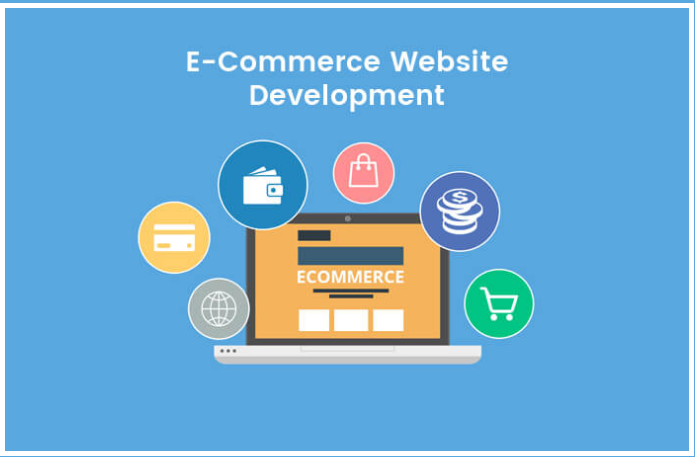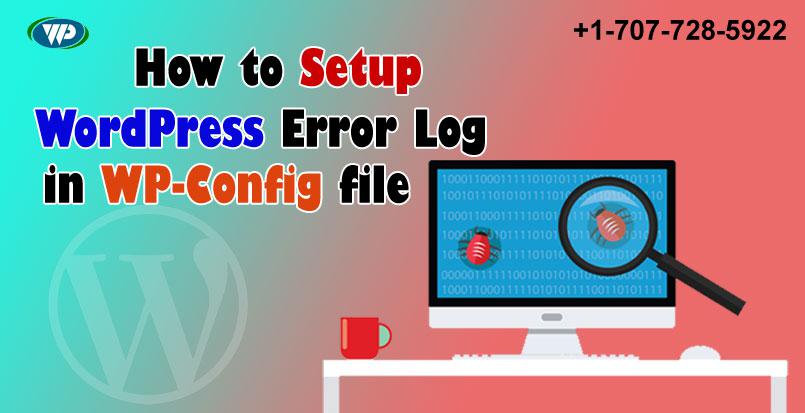Choosing the Website Builder – 5 Important Considerations for Designers

The tools available to designers for creating websites have evolved a lot over the years. As trends and technologies change rapidly, the plethora of different approaches for designing, publishing, and managing websites can be overwhelming.
Of the countless options and tools out there, hosted website builder platforms have started to gain popularity in recent years, as a way to design & publish websites more easily than ever before. In fact, they are the cheapest way to make a website that gives a professional-looking output in the minimum efforts.
Site builders typically require no coding, and give you a range of pre-designed templates or themes to pick from to start out, you can customize the designs to varying degrees, depending on the tool.
Many designers have shied away from website builders in the past, because they’re far too restrictive on design customization, with cookie-cutter templates that don’t allow for much creative liberty. That’s quickly changing, though – people are demanding more flexibility and control, and newer tools are responding to this need with innovative solutions for designers.
Here are the top 5 considerations designers should weigh when looking for the best website builder to go with.
Table of Contents
Pixel-Level Design Control
You shouldn’t be limited to templates with only basic customization. If all you can do is swap out default content in a template, and change basic variables like colors, fonts, and available background patterns and filters, move on. After all, you’re a designer, right? You need your websites to be unique and different from the thousands of template sites on the web. You need to actually design your website.
Visual Editing User Interface
You must be able to see the design changes you’re making as you go. Often website builders create convoluted layers of abstraction, where you have to make design customization decisions in a separate mode, without being able to see the changes until after you’ve made them and clicked back to some sort of “preview” mode.
Don’t tolerate having to jump through a maze of editing modes. Choose a tool that makes it easy and intuitive to make design changes, so that you can see the changes come to life on the fly.
Go With the Box Model Over Free-Form
Although print design adheres to a free-form model of design, where you can place objects and design elements freely anywhere on your canvas area, web design is a different animal.
In web design – because content often changes form – it’s best to approach design with the box model in mind. The box model respects the need of modern websites and cleanly compartmentalizes different areas of a page into “boxes” (or divs). The website builder you choose should accommodate for this as well, as opposed to making you pin content at random coordinates on the page.
In other words, you should still have the freedom to design your website just the way you’d like, but within a box-model structure so your site can accommodate different types of content seamlessly.
Precise Layout Customization
The layout affects the overall design of a webpage, so you don’t want to be locked into preset layouts. Especially given that content changes over time, you want the ability to easily modify layouts to showcase content the right way.
Make sure you’re able to fully customize the structure of your pages, with the ability to add, remove and change the width of columns, and split up different sections of the page easily and freely. If you are only given predefined layouts that you must conform to, consider it a red flag, and you move onto the next website builder.
Simple, Flexible Content Management
Since content usually defines a large part of your website design, you need the ability to easily add and modify all different types of content, depending on your project. You should also think about content that may change in height (for example, blog post excerpts may vary in length).
The site builder you choose should let you insert and modify videos, photo galleries, text blocks, social media feeds, navigation menus, and lots of other types of content. Think ahead about different types of content you’ll need to showcase on your websites and make sure the site builder you’re considering will be able to adapt to your needs.
Using the above criteria will help you narrow down your options for choosing the best website builder. And most tools offer a free trial or test drive option, so you can quickly experiment to see if it’s going to work for you.
Conclusion
Nowadays, DIY websites are associated with a pleasant, time-saving, and thrifty solution that is accessible to everyone. Thanks to advanced, feature-heavy yet surprisingly easy-to-use online builders you can obtain spectacular results. Majority of listed above services cover all essential options: mobile-friendliness, flexible customization, valid code, handy editor, regularly updated themes/styles, 24/7 support, and much more. So that all you have to do is decide on which plan and offer fit you most.





